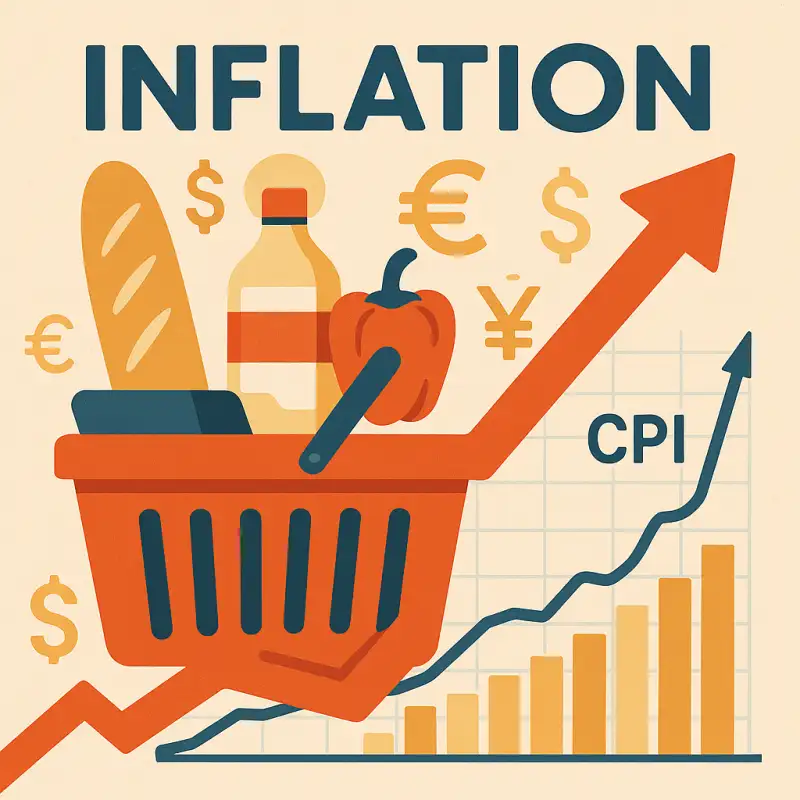Financial Inclusion in India - Digiforum Space
Share
Facebook X LinkedIn Tumblr Pinterest Pocket Skype Messenger Messenger ViberFinancial Inclusion in India
In a nation as vast and diverse as India, ensuring that all segments of the population have access to financial services and opportunities is a formidable challenge. However, the pursuit of financial inclusion has gained momentum over the years, with concerted efforts from the government, financial institutions, and technological advancements. In this comprehensive article, we’ll explore the concept of financial inclusion, its significance, the barriers that exist, and the various initiatives driving this transformative journey in India.
What is Financial Inclusion?
Financial inclusion refers to the availability and accessibility of a range of financial services and products to all sections of society, irrespective of their income level, social status, or geographical location. These services include savings accounts, credit facilities, insurance, investment options, and electronic payment systems. The goal of financial inclusion is to empower individuals to manage their finances, accumulate wealth, and participate actively in the economy.
Related Articles
- Sahayog Multistate Credit Co-op Society Ltd
- Domain Name Search Availability Tool
- What is Lendbox?
- Telecommunications Industry in India
- The Power of Two-Factor Authentication (2FA) in AEPS Services
The Significance of Financial Inclusion
- Reducing Poverty: By providing access to financial services, particularly in rural and underserved areas, financial inclusion can help individuals escape the cycle of poverty. Access to credit and savings facilities enables them to invest in income-generating activities and secure their financial future.
- Stimulating Economic Growth: A financially inclusive society can contribute to economic growth by fostering entrepreneurship, creating job opportunities, and mobilizing savings for investments.
- Enhancing Women’s Empowerment: Financial inclusion can empower women by giving them control over their finances, enabling them to save, invest, and make independent financial decisions.
- Improving Education and Health: Access to financial services can enable families to better manage education and healthcare expenses, improving overall quality of life.
- Enabling Social Welfare Programs: Financial inclusion can facilitate the effective disbursement of government subsidies and welfare benefits, ensuring they reach the intended beneficiaries.
- Mitigating Vulnerabilities: Access to insurance and risk management products can help vulnerable populations cope with unexpected events such as medical emergencies or natural disasters.
Barriers to Financial Inclusion in India
- Lack of Awareness: Many individuals, particularly in rural areas, are unaware of the benefits and availability of financial services.
- Limited Infrastructure: In remote and rural regions, inadequate banking infrastructure makes it challenging for people to access banking facilities.
- Low Income and Irregular Earnings: Individuals with low and irregular incomes often find it difficult to meet the stringent eligibility criteria set by traditional financial institutions.
- Illiteracy and Language Barriers: Limited literacy and unfamiliarity with technology can hinder individuals from using digital financial services.
- Cultural and Social Norms: Some communities have traditional practices that discourage or restrict women’s participation in financial matters.
- Lack of Documentation: Absence of proper identification documents can prevent individuals from opening bank accounts and availing financial services.
Initiatives Driving Financial Inclusion in India
- Jan Dhan Yojana: Launched in 2014, the Pradhan Mantri Jan Dhan Yojana (PMJDY) is a flagship financial inclusion initiative that aims to provide every household with access to a bank account, insurance coverage, and credit facilities.
- Aadhaar and Mobile: The combination of Aadhaar (biometric identification) and mobile phones has facilitated the delivery of financial services directly to individuals, even in remote areas.
- Microfinance Institutions (MFIs): MFIs provide small loans to individuals who do not have access to traditional banking services. They often focus on women empowerment and rural development.
- Payment Banks and Small Finance Banks: These specialized banks focus on providing basic banking services, remittances, and small loans to underserved areas and segments of the population.
- Rural and Cooperative Banks: These institutions play a crucial role in extending financial services to rural communities and agricultural sectors.
- Digital Payment Platforms: Digital payment platforms like UPI (Unified Payments Interface) and mobile wallets have transformed the way people transact, enabling cashless transactions even in remote areas.
- Financial Literacy Programs: Various organizations and government bodies conduct financial literacy programs to educate individuals about the benefits and usage of financial services.
- Savings and Microinsurance Schemes: Schemes like the Pradhan Mantri Suraksha Bima Yojana (PMSBY) and Pradhan Mantri Jeevan Jyoti Bima Yojana (PMJJBY) provide affordable insurance coverage to the masses.
Challenges Ahead
While significant progress has been made in enhancing financial inclusion in India, several challenges still need to be addressed:
- Sustainability: Ensuring the sustainability of financial inclusion initiatives and preventing the exclusion of certain sections of the population is a complex task.
- Quality of Services: Providing access to financial services is not enough; ensuring the quality of those services and customer satisfaction is equally important.
- Digital Literacy: Promoting digital literacy among rural and disadvantaged populations is essential to harness the benefits of digital financial services.
- Cybersecurity: As digital transactions increase, safeguarding individuals’ financial information and transactions from cyber threats is crucial.
- Last-Mile Connectivity: Extending financial services to the last mile, especially in remote areas, remains a logistical challenge.
Conclusion
The journey towards financial inclusion in India is a transformative one, aiming to uplift the lives of millions by providing them with access to financial services and opportunities. Through innovative initiatives, technological advancements, and collaborative efforts, the country is making significant strides in bridging the financial divide. However, it’s crucial to recognize that financial inclusion is not a one-size-fits-all solution. To achieve lasting impact, these initiatives must be tailored to the specific needs and challenges of different regions and communities. As India progresses towards a more inclusive financial landscape, it holds the promise of unlocking the true potential of its diverse population and fostering sustainable economic growth.
TagsFinancial InclusionCopy URL URL Copied
Send an email 23/08/20230 86 4 minutes read
Share
Facebook X LinkedIn Tumblr Pinterest Pocket Skype Messenger Messenger ViberShare
Facebook X LinkedIn Tumblr Pinterest Reddit VKontakte Odnoklassniki Pocket Skype Share via Email Print





